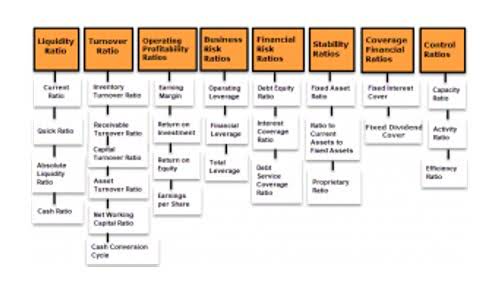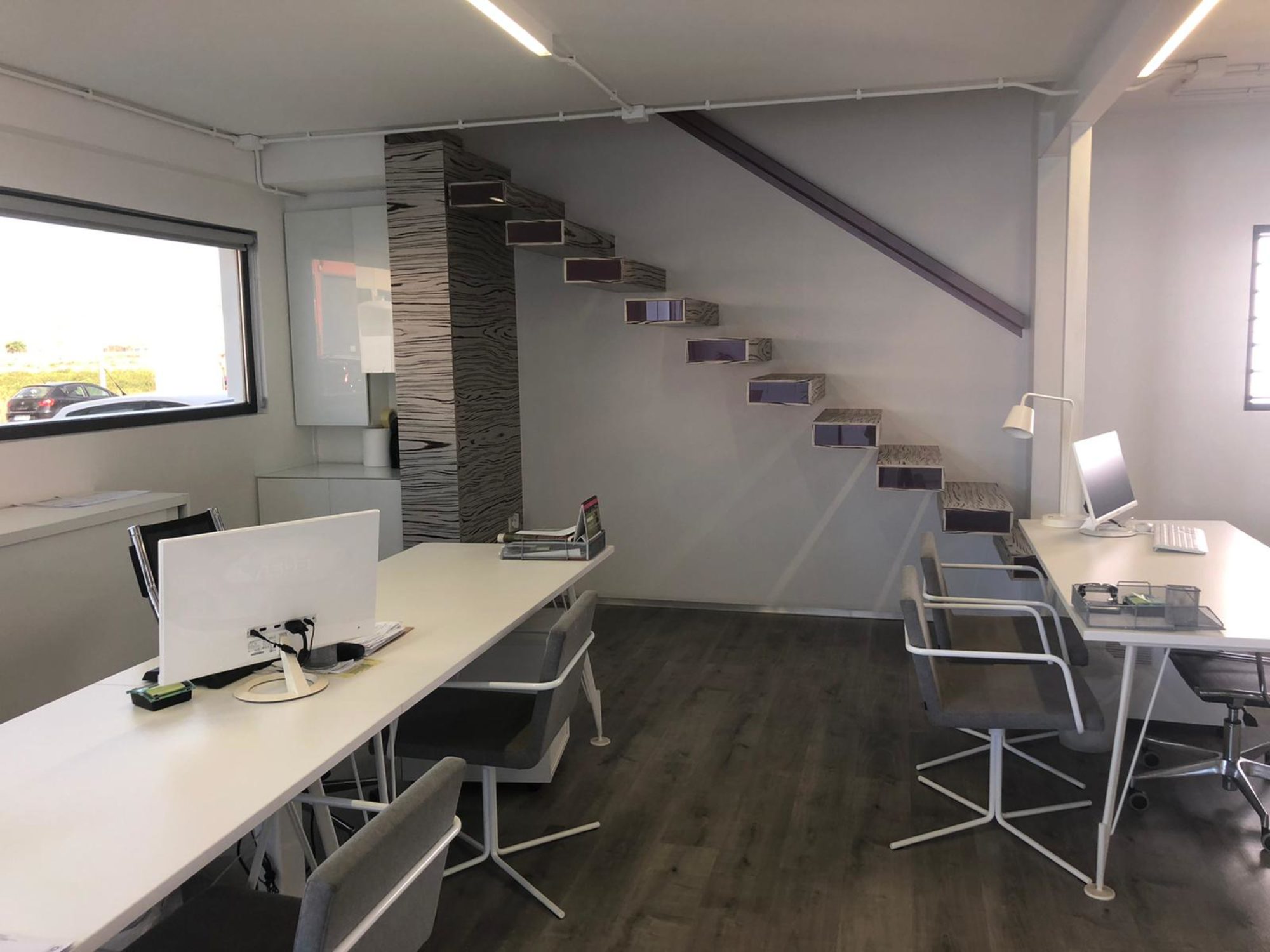
Just keep adjusting as you go based on all you’re learning about getting an accurate road map for your finances. The envelope system is a monthly budgeting method created by financial author Dave Ramsey. It requires putting cash into individual envelopes for each expense or category of expenses (e.g., housing, utilities, food, and entertainment). You then pull cash out of the envelopes as costs HOA Accounting arise during the month. With a zero-balance budget, you’re trying to get your income minus your expenses to equal zero.

Analyze Your Revenue
Each course contains didactic content and learner activities designed to involve and engage the learner. Nursing continuing professional development (NCPD) contact hours are awarded for successful completion of each course. The courses do not have to be taken in any particular order. An effective budget should also include room for unexpected expenses. This contingency fund reserves a percentage of your company’s business budget set aside to deal with emergencies.
Company Analysis

Both leaders need to have the rapport and understanding to help mitigate these problems together and not individually. Candid bookkeeping conversations, apart from ensuring that the faculty and staff feel heard and valued, lower unexpected attrition. Current resource crunch will negatively impact future planned increase. Stuvia is a marketplace, so you are not buying this document from us, but from seller KirschNurse.
Step 2: Review your budgets and forecasts
- That means you use all your income each month — first, toward your essentials, and then, toward your wants and financial goals.
- Lean startup formats are charts that use only a handful of elements to describe your company’s value proposition, infrastructure, customers, and finances.
- Then, you can use those historic numbers and trends to make revenue projections for future months.
- Deduct fixed costs from your revenue in your business budget.
- In addition to budgeting, you can consider applying for rental or housing payment assistance, food pantries, and health care sharing plans to reduce your costs.
- Monthly review of expenses identifies resource utilization and depreciation and helps control runaway costs.
You’re learning and getting context on what’s coming in and going out so you can make adjustments. Keep doing your budget, and before you know it, you’ll be a rock star at telling your money where to go, planning for emergencies, investments and opportunities, and building momentum. Some budgeting apps offer credit monitoring services, as well.
OUR SERVICES
Rebecca owns a consulting firm, and Andrew owns a toy company. During lean months, you’ll probably want to lower your business’s variable expenses. During profitable months when there’s extra income, however, you may increase your spending on variable expenses for the long-term benefit of your business.
Nonmonthly Institutional Expenses

Many clinicians, especially those in academic centers, are not involved in budget-planning preparation and yet are held accountable for their yearly performance in relation to the budget. A labor budget should include the number of employees, number of hours, employee wages, and payroll costs. Labor budgets are important for all types of businesses, but are especially valuable for companies that have variable busy times and need to hire seasonal employees. It’s good practice to regularly monitor the business budget to ensure that real spending is in line with budgeted spending. Most businesses review their budget on a monthly basis, though many small businesses may also choose to do weekly reviews so they can make any necessary adjustments. Before you write your business plan, read the following example business plans written by fictional business owners.
What does a business budget include?

Then, create your business budget based on what you learn and on any changes you see coming. You can also go to trade conferences to get an idea of creating budgets and business plans 2020 your industry’s seasonal benchmarks. Financial and operational data identify the team’s strengths and opportunities and help forecast need for additional faculty, staff, and resources. Such data help incorporate strategic goals (departmental/institutional) into the budget plan.9 Because retrospective data-gathering requires time and effort, one must start early (around Q1). Data points must include faculty productivity, resource utilization, patient volumes, and clinic appointment and surgery wait times.

